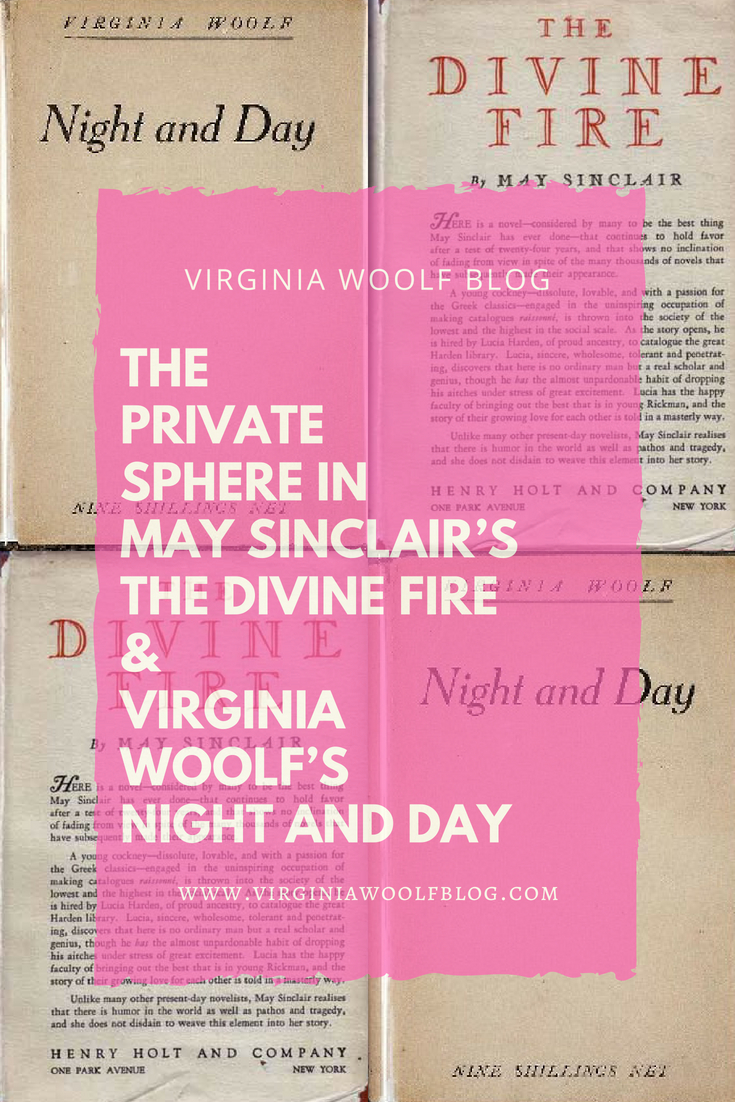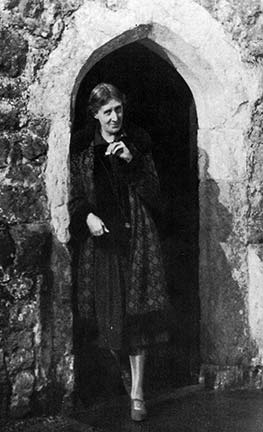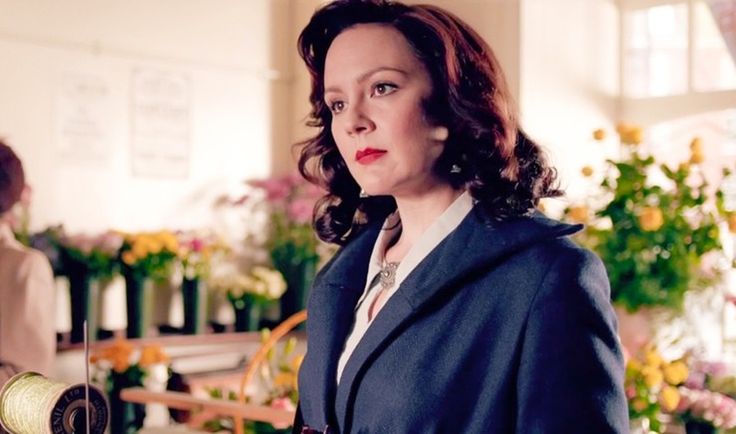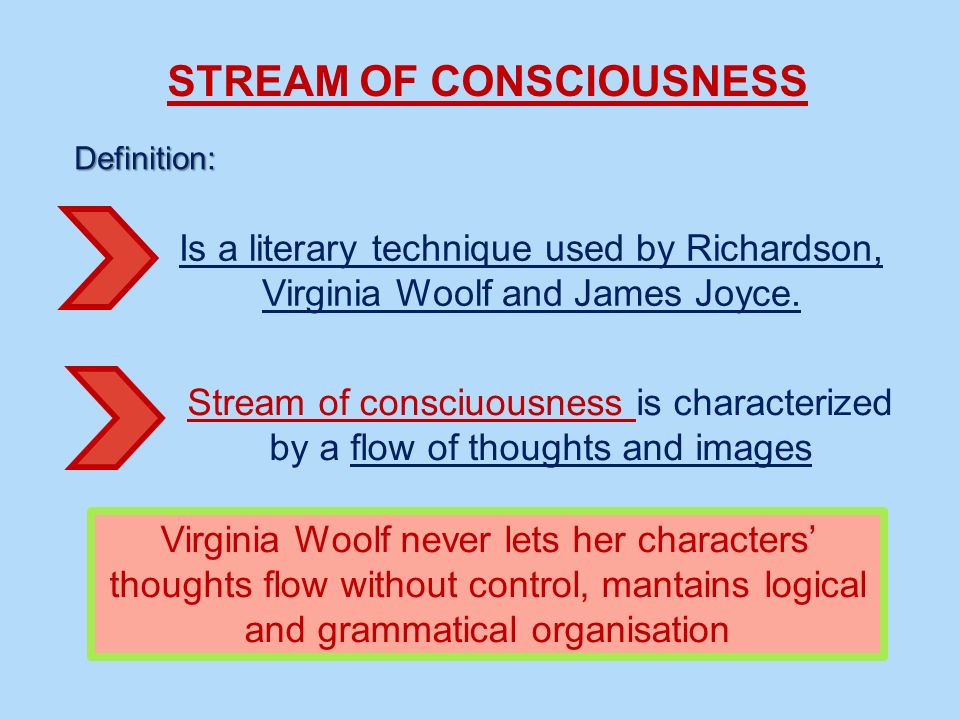
The following is a guest post by Kitti Tóth. Tóth is a PhD student in Modern English and American Doctoral Programme at Budapest, Eötvös Loránd University. She became a Woolf enthusiast when she was an undergraduate student. She is currently working on her dissertation in which she examines the role(s) of art and artistic activity presented in Virginia Woolf’s particular novels. Her other research field is the contemporary novelist, short story writer, poet, and essayist Michèle Roberts:
William James in his work, The Principles of Psychology, describes the nature of mental life, seeing things from within one’s mind. James thought of mind as an always changing continuous flow, which cannot be divided up by bits; he supported the idea that temporal separation can only distort the flow of mind:
“Consciousness… does not appear to itself chopped up in bits. Such words as ‘chain’ or ‘train’ do not describe it fitly as it presents itself in the first instance. It is nothing jointed; it flows. A ‘river’ or a ‘stream’ are the metaphors by which it is most naturally described. In talking of it hereafter, let us call it the stream of thought, of consciousness, or of subjective life.”
In his study, William James explains consciousness by its major characteristics; he describes mind as an always private and individual affair, that thoughts belong to a person and are always in a flux, always changing. He claims that only objects can reoccur, but no thought or idea can be exactly the same twice. Therefore he sees consciousness as a constantly flowing stream, which is always liable to change.
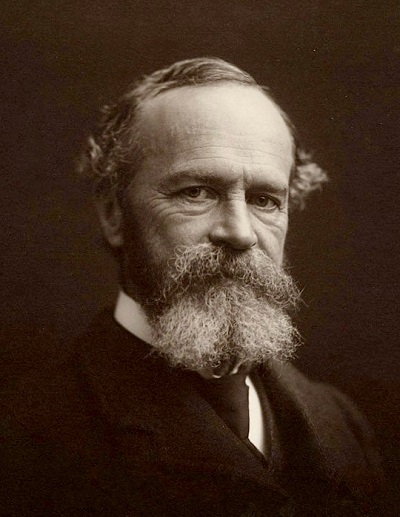
The phrase ‘stream of consciousness’ as a literary technique was first used by William James and become widely adopted as a term of art in literary criticism during the twentieth century, especially of the novels of Virginia Woolf Dorothy Richardson, or James Joyce, among others.
Many of the literary experiments of the early twentieth century sought to represent consciousness as a private affair of a person, experienced from within.
In these work of arts, the inner life of the characters are illustrated by the writer as a combination of their sensations, memories, thoughts, feelings and emotional conditions.
This double quality of life is detailed by Woolf in her critical essay, Modern Fiction, where she argues that the task of a modern writer is to capture the “essential thing” which she describes as an “unknown and uncircumscribed spirit.”
Woolf’s use of the phenomenon “spirit” is broad in her essay: “life”, “reality” and even “truth” are made synonymous with the “spirit” that fiction ought to embrace and convey. She sees reality as chaotic impressions perceived by the senses, taking place in the triviality and ordinariness of an everyday surrounding.
On the other hand, there lies the inner life, the ‘whatness’ of life which is complex and fluid by nature. This inner reality exists along with the outer reality, the material surrounding of a person. She argues that in writing one has to imply mental impressions and represent the external, material reality in its detail at the same time. Only by presenting both sides can a writer capture the true nature of reality, the essence of our existence:
“Life is not a series of gig lamps symmetrically arranged; life is a luminous halo, a semitransparent envelop surrounding us from the beginning of consciousness to the end. Is it not the task of the novelist to convey this varying, this unknown and uncircumscribed spirit, whatever aberration or complexity it may display, with as little mixture of the alien and external as possible?”
Here Woolf describes life as a “luminous halo,” that surrounds us, something that cannot be defined exactly, neither can it be circumscribed by the materialistic everyday life. This “luminous halo”, the actual true reality can be comprehended by everyone, individually in a different manner — she argues. The notion of this true reality is based rather on one’s perceptions, impressions and experiences than on people’s general understanding and social system.
With the use of the literary device ‘stream of consciousness,’ Woolf enters into the minds of the characters, so the reader has an access to experience the characters’ thoughts from within. She pictures the mind at work and how it brings out relations in things.
By practicing this narrative method, Woolf not only creates continuity between different time zones and places, but also between the minds of her characters. She illustrates the relationship between reality and un-reality; between the exterior world and an inner world.
In her narration, Woolf constructs a dualistic existence by affirming both spiritual reality and physical reality. To experience the value of life Woolf weaves a tight connection between the dualistic impulses through which her protagonists can understand true existence.
Sources:
James, William. The Principles of Psychology, Cosimo Classics, Inc., 2007.
Woolf, Virginia. “Modern Fiction” In: McNeille, Andrew, Ed. The Essays of Virginia Woolf. Volume 4: 1925 to 1928. London: The Hogarth Press, 1984.

